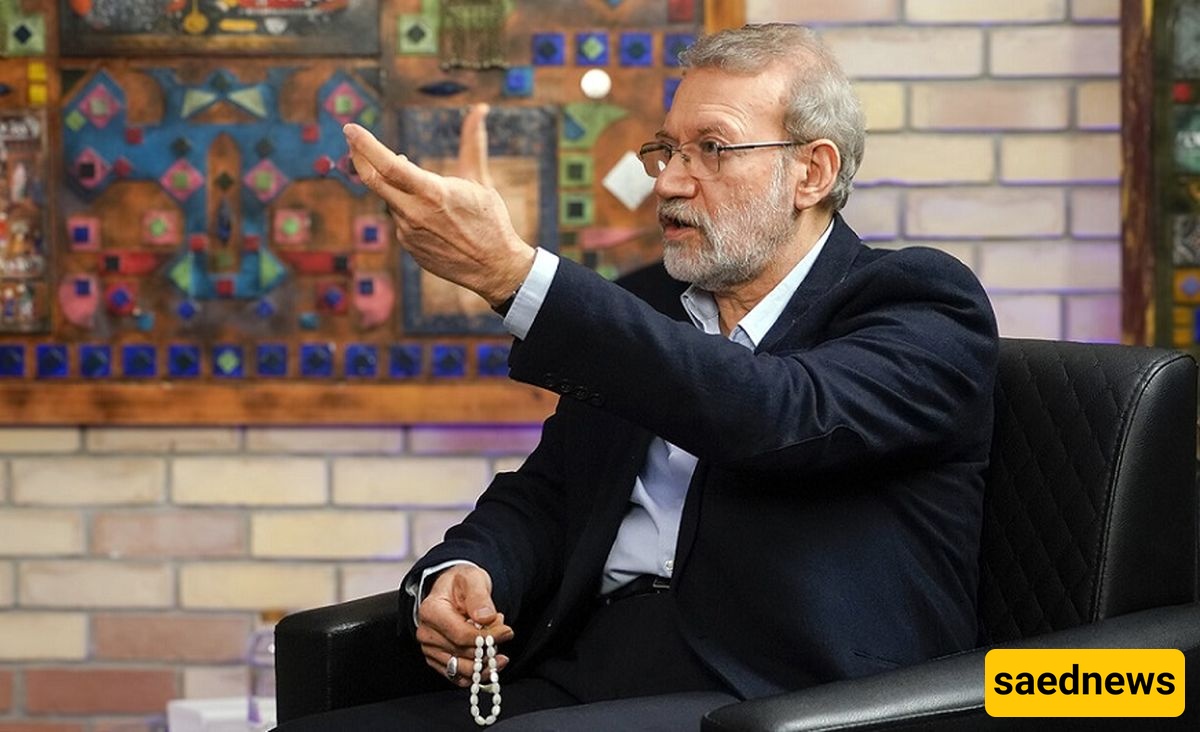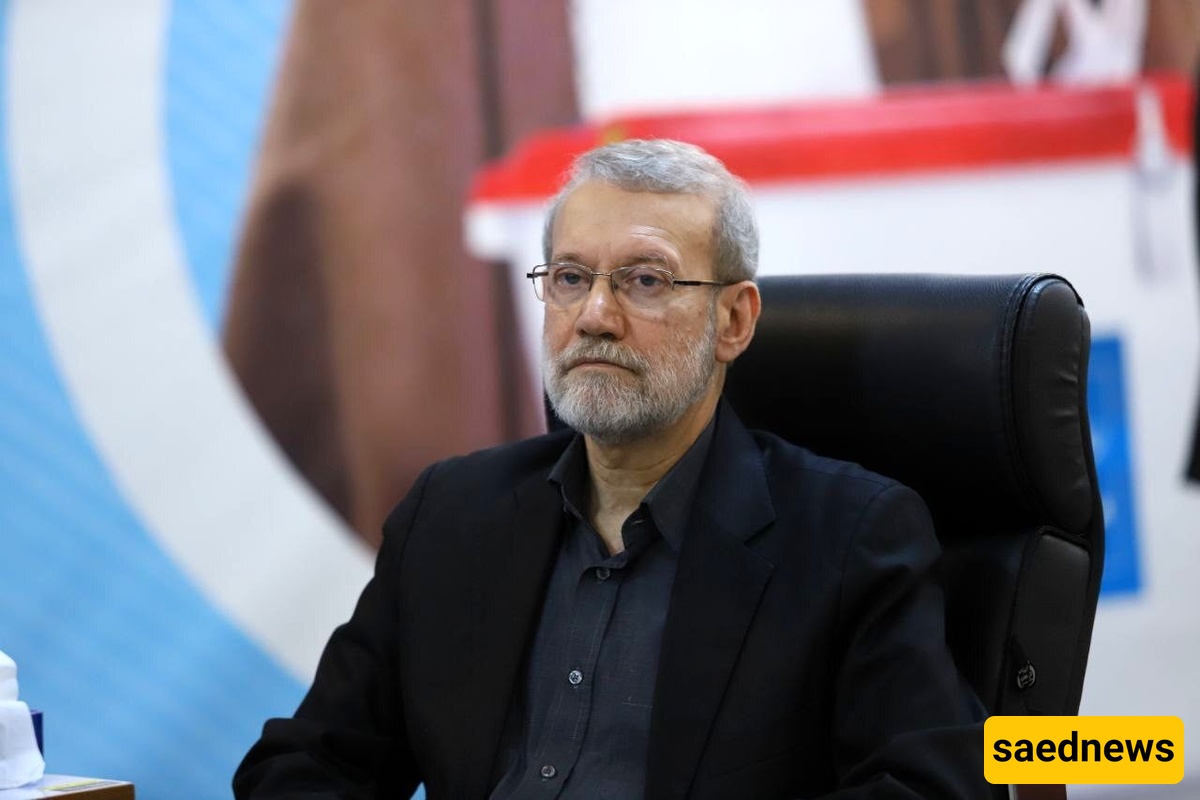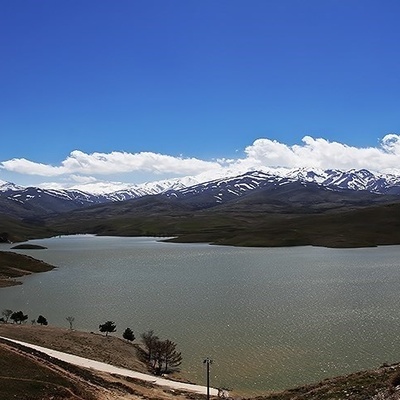SAEDNEWS: Iran continues to grapple with a decades-old strategic dilemma: prioritize economic and political development through diplomacy or strengthen military readiness to counter regional threats.

According to Saed News, "War: Avoidance or Readiness?" is the title of an editorial in the Etemad newspaper by Mohammad Doroudian, which states: The experience of the eight-year war with Iraq, followed by efforts for “economic reconstruction” — later reframed as “economic development” and complemented by “political development” — has, for nearly three decades, kept both Iranian society and the country’s elite and managerial system engaged in the question of choosing between a “strategic duality”: the “issue of war” versus “political-economic growth and development.”

“War avoidance” is raised on the basis of managing the destructive consequences of the war with Iraq, the need to move beyond it, and concerns over potential public protest, with emphasis placed on prioritizing economic relations and resolving disputes through negotiation and political agreements with the West.
In contrast, “readiness for war” — and the strengthening of Iran’s strategic position after the events of September 11 and the subsequent shift in U.S. regional strategy toward creating a new order in the region through military power, which led to U.S. invasions of Afghanistan and Iraq — has reinforced the need to counter American and Israeli domination and occupation in the region. This approach has focused on increasing support for the “Resistance Front” and building deterrence against military threats, with a strategic pivot toward the East.
Historically, Iran’s economic development achievements have been realized during peacetime through the expansion of political and economic relations with the world. However, when security threats emerged and deterrence power was broken, all gains of the peaceful era were lost as war was imposed on Iran. Iran’s historical experience of transformations in its security environment — which have been linked both to the country’s stability and economic growth as well as to military-security threats — shows that the region is less influenced by stable political relations and economic development, and more by foreign interventions and internal-border tensions, which in turn are driven by security crises and war.
Therefore, without possessing both defensive and offensive military capabilities, Iran cannot ensure its national security. Likewise, without economic growth, development, and the expansion of political relations, it cannot secure the resources needed to guarantee its future.
The above observation shows that decision-making regarding the contentious duality of war avoidance or readiness is less an internal structural choice tied to political disputes — although somewhat influenced by them — and more the result of the intersection between Iran’s historical circumstances and the environmental and strategic developments in the region. Overcoming this dilemma will not be possible without “national consensus and the use of time,” because moving beyond the mental-behavioral duality of Iranian society requires a historic and strategic choice between “war and peace.” This must be connected to a consensus-based definition of Iran’s political identity and existence as well as its strategic position, and it should be reconsidered within the framework of a “national security strategy.” At the core of this strategy lies the definition of the concept and elements of power, and the method of reproducing and applying that power to secure national goals and interests. These fundamentals and requirements were discussed after the formation of the Supreme National Security Council in 1989 to determine the system’s general direction.
It now appears that the reappointment of Dr. Ali Larijani as Secretary of the Supreme National Security Council provides an opportunity to review the current duality by confronting today’s fateful challenges and finding a path out of the “fragile ceasefire” situation.

